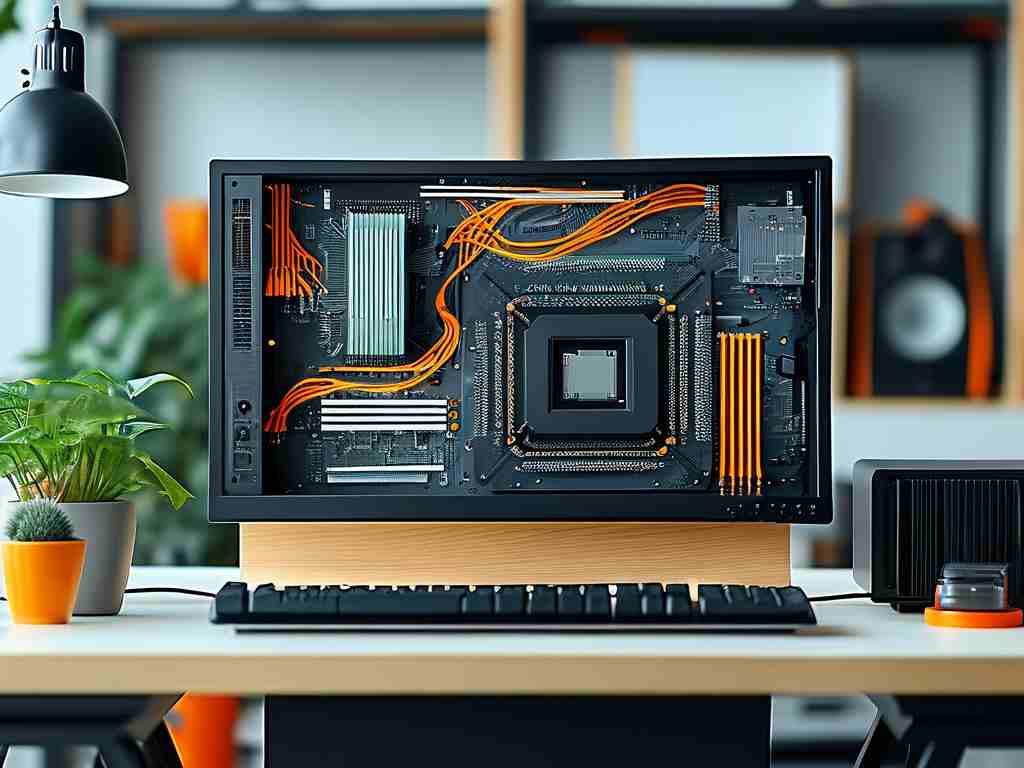Embedded circuit development sits at the intersection of hardware design and software engineering, enabling the creation of compact, efficient, and intelligent systems. From consumer electronics to industrial automation, embedded circuits power countless devices by integrating microcontrollers, sensors, and communication modules into cohesive systems. This article explores critical innovations and practical strategies for developers working in this dynamic field.

The Evolution of Embedded Circuit Design
Modern embedded systems demand more than basic functionality—they require adaptability and scalability. Microcontroller units (MCUs) like ARM Cortex-M series and RISC-V-based chips have revolutionized the industry by offering high performance with low power consumption. For instance, the STM32 series from STMicroelectronics provides developers with flexible clock configurations and multiple sleep modes, enabling energy-efficient designs for battery-powered devices.
A key challenge in embedded development is balancing real-time processing with resource constraints. Real-time operating systems (RTOS) such as FreeRTOS and Zephyr have emerged as solutions, allowing tasks to be prioritized and executed predictably. Consider a smart thermostat: an RTOS ensures temperature sampling occurs at fixed intervals while simultaneously managing Wi-Fi connectivity for remote control.
Optimizing Hardware-Software Integration
Seamless interaction between hardware and firmware is critical. Hardware abstraction layers (HALs) simplify porting code across different MCU architectures. For example, a HAL might standardize functions for GPIO control, abstracting differences between an ESP32’s pin configuration and an AVR-based Arduino’s I/O handling. This approach reduces development time and minimizes platform-specific errors.
Debugging embedded systems often involves specialized tools like JTAG probes and logic analyzers. A common practice is embedding diagnostic LEDs or UART-based logging during prototyping. Below is a code snippet illustrating a debug-friendly GPIO initialization in C:
void GPIO_Init() {
GPIO_TypeDef *port = GPIOA;
uint16_t pin = GPIO_PIN_5;
HAL_GPIO_WritePin(port, pin, GPIO_PIN_RESET); // Default state
printf("GPIOA Pin 5 initialized for output.\n");
}
Addressing Power Efficiency Challenges
Power management remains a cornerstone of embedded design. Techniques like dynamic voltage scaling (DVS) and clock gating help reduce energy consumption. Take IoT sensors as an example: by activating wireless modules only during data transmission and leveraging sleep modes between cycles, developers can extend battery life from days to years.
Low-power integrated circuits, such as Texas Instruments’ MSP430 series, offer built-in peripherals like ultra-low-leakage comparators. Pairing these with energy harvesting technologies—solar cells or piezoelectric sensors—enables self-sustaining systems for remote monitoring applications.
Future Trends and Industry Applications
The rise of AI at the edge is pushing embedded systems toward machine learning integration. TinyML frameworks like TensorFlow Lite for Microcontrollers allow neural networks to run on devices with under 256KB of RAM. A practical use case is predictive maintenance in machinery: vibration sensors paired with anomaly detection algorithms can identify equipment failures before they occur.
In automotive systems, embedded circuits are evolving to support autonomous driving. System-on-Chip (SoC) designs combine MCUs with dedicated neural processing units (NPUs) to handle tasks like lane detection and collision avoidance in real time.
Embedded circuit development continues to evolve, driven by demands for smarter, smaller, and more energy-efficient systems. By adopting modular design principles, leveraging advanced debugging tools, and staying abreast of emerging technologies like edge AI, developers can create robust solutions across industries. Whether building a wearable health monitor or an industrial robot, the fusion of innovative hardware and optimized software remains central to success.









